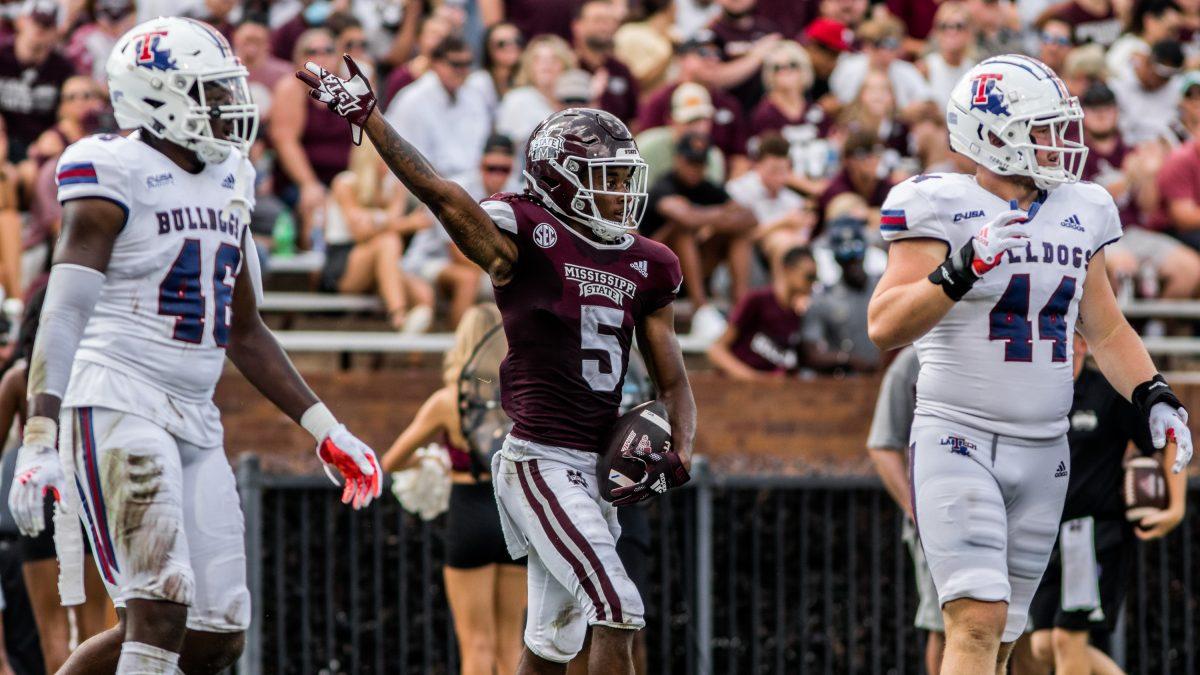Straight, curly, blonde, brunette, highlighted or color treated. You’re probably familiar with these terms used to describe hairstyles, colors or procedures. But some of the most fashionable hair dos worn by black females and some males in the modern world are virtually an unmentioned art form outside of our cultural circle.
This lack of acknowledgement stems from a historical stigma placed on black people’s hair by European settlers and slaveholders who saw the thick, curly hair of blacks to be a major difference between them and turned this difference into a mark of inferiority. Throughout the early 20th century, the lack of acceptance became apparent in the media and was responsible for blacks’ hair playing a strong role in social movements as well as inter-race relations.
However, blacks’ hair can easily be recognized as both versatile and beautiful once this long accepted stigma is dispelled and people understand the differences, not as a disparity in our hair, but as an example of variety and variation among all races.
One of the reasons for the lack of understanding of blacks’ hair is not only because it is commonly misunderstood and explained through stereotypes and generalizations, but because for a long time blacks themselves found their hair to be a touchy subject. This touchiness can be traced back to the early part of our country’s history when most blacks were slaves.
The psychological and social implications of something seemingly rather trivial (hair) was actually a big factor in the quality of lives for slaves. If a slave’s hair was naturally straighter, usually due to interracial mixing, the slaves would be given preferential treatment when assigned jobs to do and would be treated better. This type of selection jaded blacks not only about their hair but also about their skin tone and other physical characteristics, which further divided a group already suffering cultural and emotional destruction.
Consequently, around the beginning of the 19th century, blacks began hot combing their hair. A heavy iron comb was placed on a hot stove and then passed through the hair from root to tip. This is akin to the currently popular flat iron that women of all different hair types use.
Later, around the 1920s through the 1950s, a popular style for black men was the conk. A mixture of chemicals would be applied to the hair to achieve a sleek, bone-straight style that was worn by both average people, as well as prominent figures like Nat King Cole. This method (though more updated) is still used to straighten the hair and is referred to as a perm.
However, this increasingly popular style grew to have a negative connotation during the early 1960s at the onset of the civil rights and black power movements. Many activists, including Malcolm X, saw straightening hair as adulterating the black physique and identity by altering our bodies to resemble whites. It was during this time period that the afro became the preferred hairstyle.
A decade later, the rise in popularity of the Rastafarian religion in Britain made dreadlocks the form of vocalizing true black identity. This style is achieved by taking natural hair and twisting it into a plaited style also referred to as locks. Both the afro and dreadlocks came to symbolize the embracement of the black identity.
Another major category of hair possibilities, and probably as popular and versatile as the perm, is braids. Braids can be made to resemble anything from cornrows (when the hair is braided to the scalp in tightly woven rows) to achieving a look such as locks. These different styles are achieved by purchasing either synthetic or real hair in different sorts of textures, colors and lengths. Hair is then braided into natural hair for a clean, neat style.
But the extent to our hair inventiveness does not stop there. Another style that utilizes the idea of using extensions to create a coif is the sew-in. This particular style of store-bought hair is attached to a netting material similar to the underside of a wig. After braiding a person’s real hair back in cornrows, a hook and thread are used to sew the extensions into the braided hair that gives you a style that looks like regular hair but allows you to have a stylish do without damaging your own hair.
The most common method of straightening hair is a boxed perm. Most black women have or, at least at one time, have had this style. The reason being is it makes the hair straight and therefore easier to manage and style a number of different ways.
However, earlier styles as well as some new ones are coming to be accepted as well. Starlet Alicia Keys debuted with her signature braided style, as well as singer and songwriter Lauren Hill with her traditional dreaded twists. Additionally, a popular style for young black men also involves braiding the hair either straight back in cornrows or in carefully crafted designs such as the two-stranded twist.
I’d like to take a moment here to answer a commonly asked but taboo question: How do or why don’t blacks wash their hair as often as other ethnicities? This question asked in just about any form usually sends those on the receiving end into a frenzy-and rightly so. The presumption is of course that black hair is dirty, greasy and just not good. Ironically, it is our characteristically nappy hair that enables us to go for longer periods without washing than our fellow brothers and sisters of less color. With curly hair the scalp naturally produces less oil making the hair curly, while keeping it cleaner longer in between washing.
I’d like to address another taboo question. Many times people will ask someone with extensions, “Is that your real hair?” The answer is short and simple-if it’s on our head, then it’s our hair.
Now instead of changing our hair in order to assimilate with an unaccepting society, both black women and men use their hair variations to truly express themselves. Whether the styles are curly, braided or precision cut straight styles, all have come to encompass the variety and beauty of blacks’ hair.
Blacks’ hair exhibits variety
Donate to The Reflector
Your donation will support the student journalists of Mississippi State University. Your contribution will allow us to purchase equipment and cover our annual website hosting costs.























































































